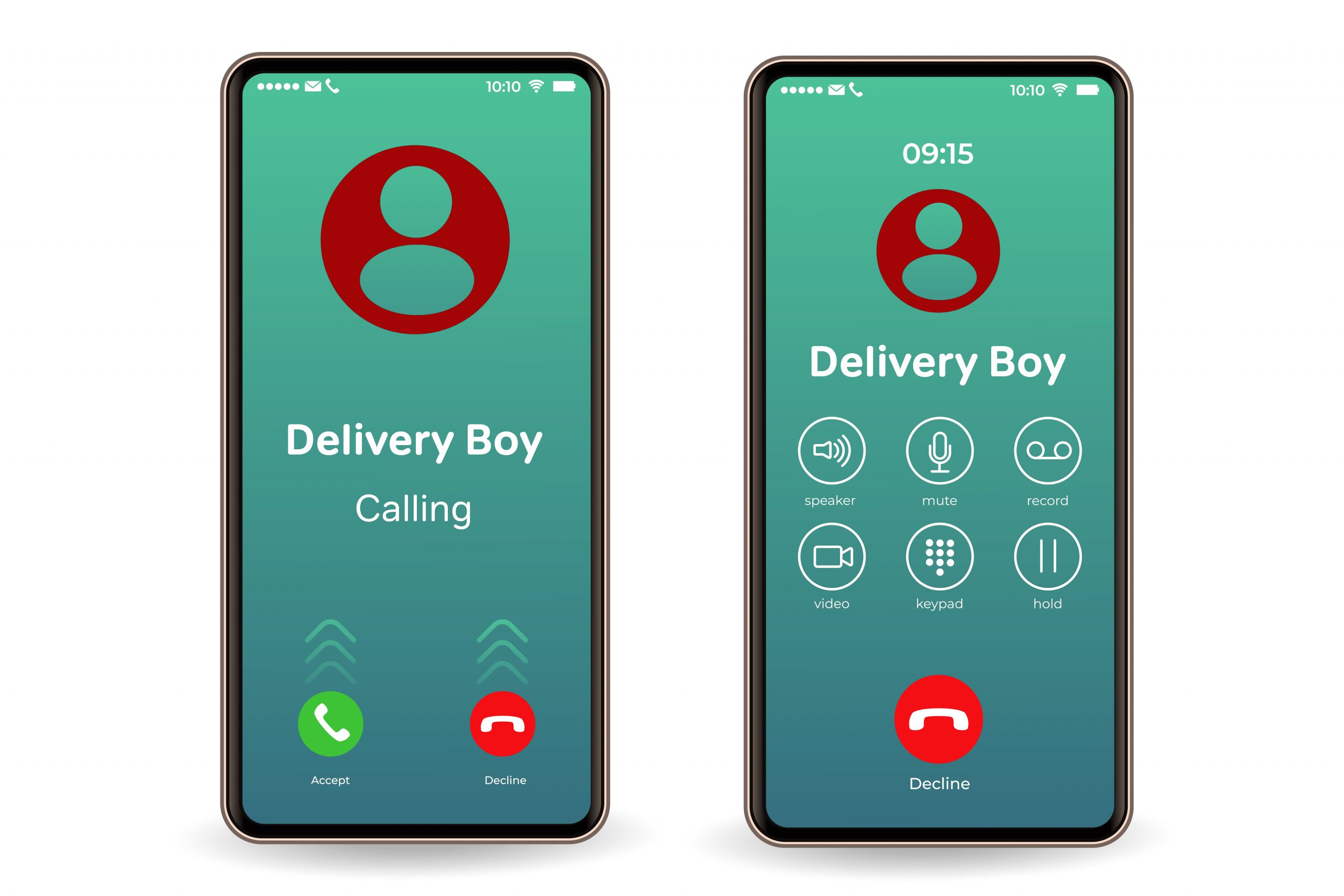Business Process Monitoring – A Tool to Automate Process Improvements
-
February 5, 2022
-
7 min read

Business improvement in a Fast-Changing Landscape
With customers becoming increasingly demanding and rapidly shifting competitive landscapes, modern businesses and their management need to be agile and ensure their businesses work like clockwork without any disruptions. However, this is easier said than done. How can we prevent bottom line damaging disruptions in business processes? How can we react faster to improve their performance? How do we ensure that these business processes are aligned with the rapidly changing customer and competitive environments?
These questions are often overlooked by management during the design and formulation of their winning business processes. While core business processes can be successfully codified with the help of various types of enterprise applications, it is also essential that these business processes are constantly optimized for better performance. If we do not do so, these business processes risk becoming obsolete or ineffective given the rapidly changing business landscapes. This is where the concept of business process monitoring comes to the rescue.
What is Business Process Monitoring?
Simply put, business process monitoring is the proactive monitoring of a company’s business processes. It entails real-time monitoring of several pre-defined parameters or key performance indicators for specific or multiple business processes simultaneously. As most core business processes of a company are codified in various applications, business process monitoring is, therefore, monitoring the performance of these applications.
In many ways, business process monitoring is a proactive “health check” of business processes in real-time. Business process monitoring is usually implemented with the help of software tools that are custom designed as per each company’s unique set of business goals, KPIs, organization structure, and resources at hand.
Evolution of Business Process Monitoring Types
- Technical monitoring: Business process monitoring is not a new concept in the corporate world. In its most basic avatar, business process monitoring was simply technical monitoring of a company’s technical infrastructure. It entailed real-time measurement of performance of different technical elements such as systems or hardware. Such technical monitoring helped technical personnel to optimize the health of the technical infrastructure but offered little business insight to management on how to optimize processes to achieve desired business outcomes. A shift was soon made to functional monitoring.
- Functional monitoring: Functional monitoring goes beyond the limited scope of technical monitoring by several notches. It enables a better understanding of the link between business goals and software applications for specific business processes. It measures the performance of business processes in real-time and alerts the management on disruptions and opportunities for business improvement. This version of business process monitoring is used predominantly today in most companies.
- Holistic monitoring: However, even functional monitoring has its flaws. While it offers great insight into the performance of specific business processes and their ramifications on the overall business, it overlooks the fact that many business processes today are interlinked. Thus, a more holistic avatar of business process monitoring is being used by top companies today. Under this holistic business process monitoring, companies can see how various business processes work together across functional departments. Management can thus see the larger picture and design strategies to optimize the combination of processes to drive performance improvements and improve customer satisfaction. Holistic business process monitoring is a revolution in making that will completely transform any company’s ability to respond to ever-changing customer demands and competition.
How do Business Process Monitoring Tools Work?
As stated earlier, business process monitoring is implemented with the help of powerful automation software tools. These tools work on top of the various enterprise applications that codify core business processes. Thus, business process monitoring software tools act as a complement to established business process applications.
This is how any typical business process monitoring tool works:
- The tool is configured to measure the performance of one or many core business processes in real-time. Key performance indicator (KPI) and service level agreement (SLA) targets are set inside the tools for every process.
- Performance of the business processes is measured in real-time.
- Deviations from KPI and SLA targets are reported immediately on a custom-designed dashboard.
- Designated technical and management professionals are alerted on the deviations along with the root cause of such deviations. Alerts for deviations can be further categorized depending on the level of seriousness of the deviation.
- Optimization measures and strategies are automatically conveyed to necessary stakeholders. Thus, the technical personnel are informed of any technical support requirements. Customer service personnel are informed of necessary changes to the customer service process. Management personnel are informed of any strategic decisions required to be taken.
- Every stakeholder undertakes the assigned optimization measures, and the business process is thus prevented from disruption and optimized for better performance. This cycle is constantly repeated for constant automatic optimization.
How does Business Process Monitoring help Modern Businesses?
Business process monitoring offers several benefits for modern businesses, many of which are described below:
- Real-time business “health checks”: Business processes help your business win. But inefficient and under-performing processes can change your fortunes for the worse overnight. Thanks to business process monitoring, we can constantly check the status of our core business processes in real-time, sitting in the comfort of our homes.
- Early detection of problems in process performance: The primary goal of business process monitoring is to detect problems in processes before such problems become too big to cause damaging disruptions. Business process monitoring tools can be configured to detect large deviations from predetermined KPI and SLA parameters and alert necessary stakeholders immediately.
- Removal of duplicate or bottleneck tasks: As organizations grow fast, the number of processes also multiply. Business process monitoring tools scan the entire ecosystem of business processes and highlight redundant tasks that contribute little to performance but significantly use up time and money. These duplicate or redundant tasks can be removed to simplify business processes. At the same time, process dragging bottlenecks can be identified and removed altogether to improve performance.
- Reducing overtime costs: Whenever there is a disruption in a business process, a company’s technical and managerial staff has to work overtime to fix such disruptions. During such disruptions, focus gets shifted from other ongoing business processes to fixing the disrupted process. This can lead to significant manpower overtime costs. By detecting and preventing such disruptions in the first place, business process monitoring can help to minimize this manpower overtime cost incurred in fixing business process disruptions.
- Faster resolution of problems: Whenever a problem is detected in any business process, a blame game begins on the cause, and many people shirk any responsibility to fix that problem. With business process monitoring, the actual root cause of the problem can be detected immediately, and the necessary stakeholders such as technical personnel, customer service, or management can be informed of solutions to fix the root cause of the problem in real-time.
- Adhere to high-quality product or service standards: Business process monitoring can enable a company to adhere to high-quality service standards and timely meet the demands of their service level agreements with their customers with no errors. This can thus help the business win new customers and prolong their relationships with existing ones.
What can you do today to adopt business process monitoring?
Business process monitoring can help you establish an edge over your competition and respond faster to opportunities and challenges. Suppose your business relies on a suite of applications that codify core business processes. In that case, it is imperative that you add business process monitoring tools on top of your existing suite.
While there are many providers of business process monitoring tools in the market, you need to keep in mind that not every provider can provide a solution that fully captures the complexities of your business. You need to select the right partner for assisting you in business process monitoring – a partner that understands how large and complex business functions and has an established track record in helping such large and complex businesses to achieve desired business outcomes with the help of business process monitoring.
With the help of the right partner, you will be able to custom design a business process monitoring tool for your individual set of business processes and thus completely own the evolution of your business processes over time.
 Share
Share










